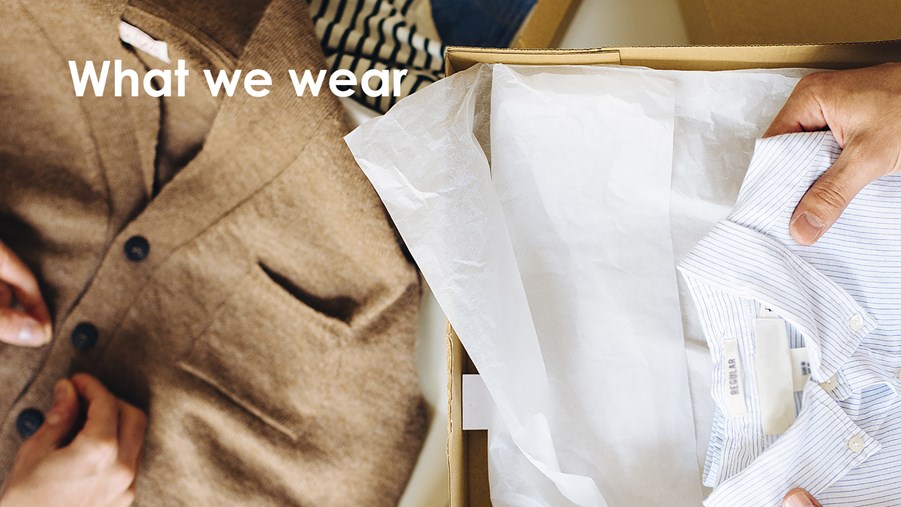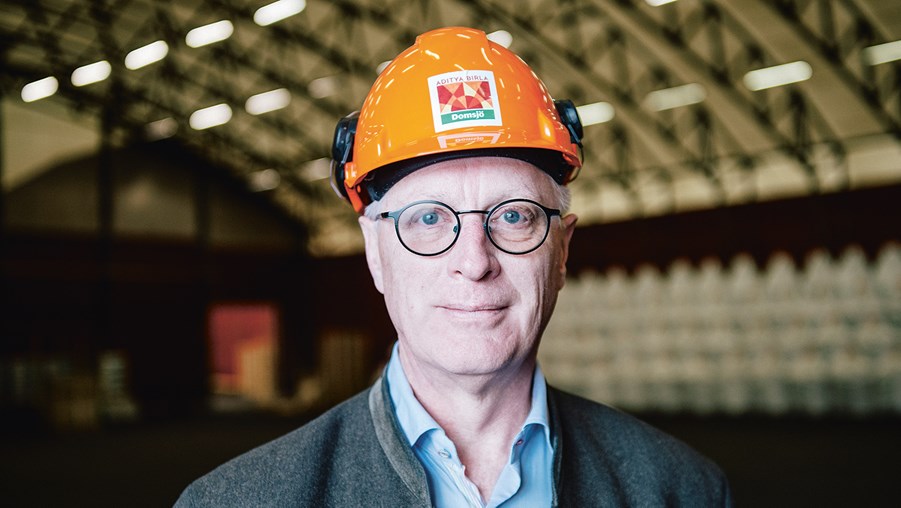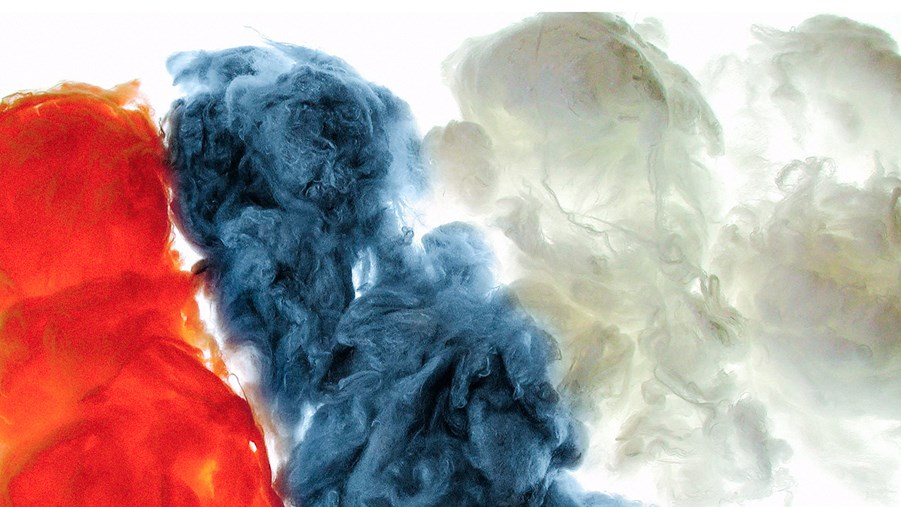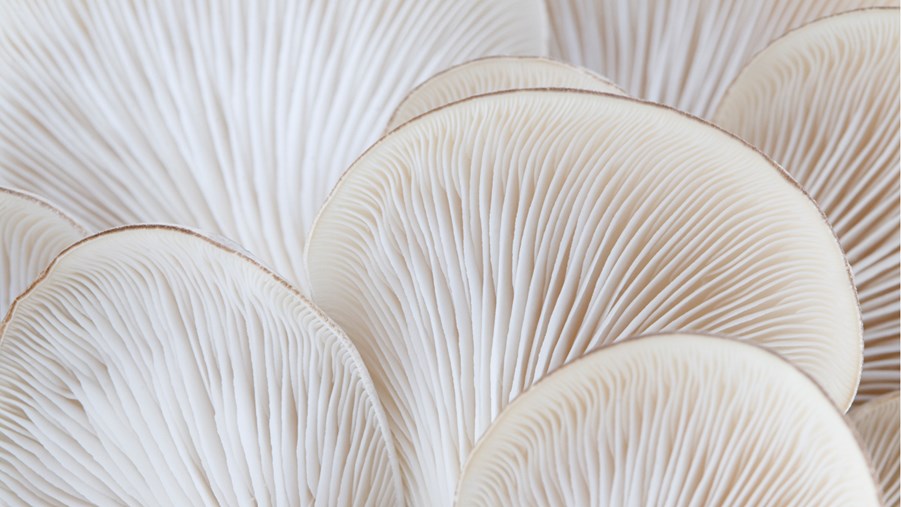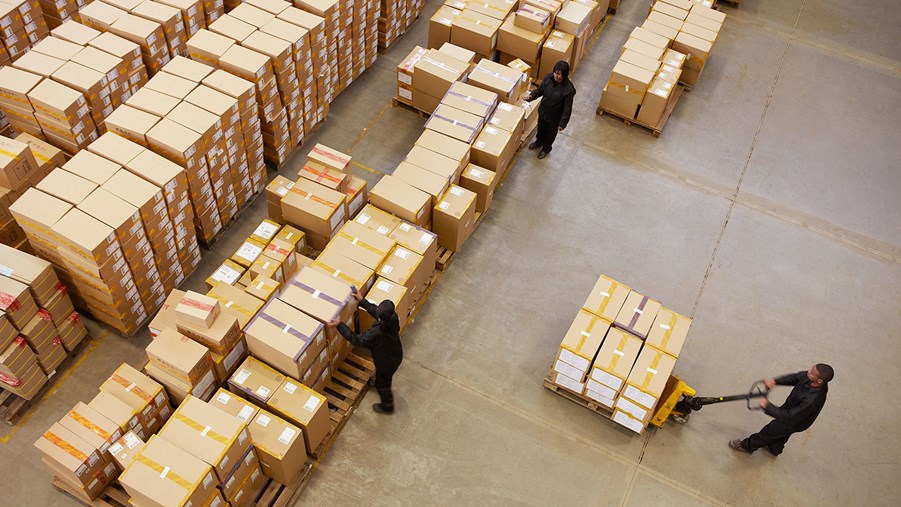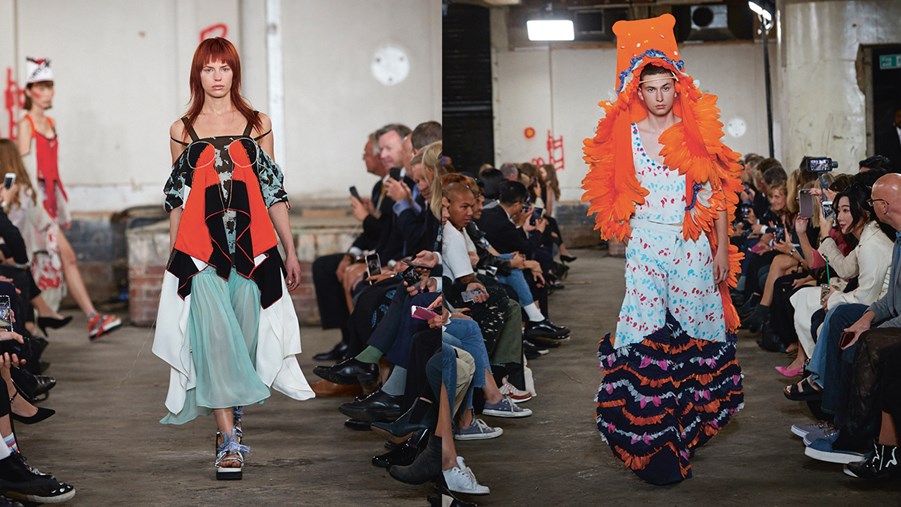
This was how it looked during London Fashion Week and the Challenge the Fabric competition. Fashion students from design schools all over the world were invited to design viscose garments. The idea was to raise awareness that viscose is a biomaterial. The model to the left wears clothes created by Anna Bernal and the model on the right clothes created by the winner in Challenge the Fabric: Brandon Wen.
Just like fashion companies, textile companies are also becoming more interested in viscose. During the London Fashion Week this year, the spotlight was shone on viscose through the design competition, Challenge the Fabric, that was held for the first time.
Fashion students from ten selected designer schools around the world were each invited to design a number of viscose garments. The winner was elected by a jury of seven well-known international fashion industry profiles.
"This is a design competition that puts the spotlight on the viscose material generally to increase awareness of viscose, and also informs consumers that viscose is a bio-based material."
So says Nina Elmersson, Vice President Strategy and Projects at Ekman & Co, one of the world's oldest and largest forestry production trading houses, and initiator of the competition. Other companies partnering with Ekman & Co in this project are Södra, Altri, Arauco and Sanyou Group.
"There are still very few people who know that viscose is a forest-based resource. Many people believe that it's made from oil, like polyester. We want to show retailers and consumers how one can work with viscose and that it is a sustainable material. We want to start a specific discussion around the textile and increase interest in it."
Ekman & Co has seen demand growing for several years.
"Demand varies somewhat depending on the availability of cotton, but we notice that more and more fashion companies are using viscose", says Nina Elmersson.
Lyocell is another cellulose-based material that can be seen more and more in the stores. The material is produced in a sulphur-free process with high recycling of chemicals and lower energy consumption than traditional viscose production. Lyocell is often marketed under the name Tencel.
A third material is Modal. This is produced in a similar way to viscose, and has similar characteristics, but the fibres are stronger when wet. Additionally, modal is always manufactured from beechwood.
"As a consumer you can check the washing label to see what the material is. There are many good natural materials to choose from, such as cotton, silk, viscose and wool," recommends Cecilia Tall. "If there are many different materials in a garment you might think twice about buying it as it is very difficult to recycle."
